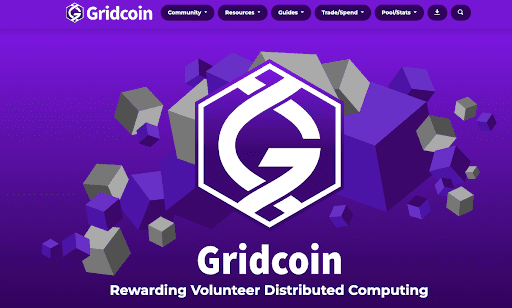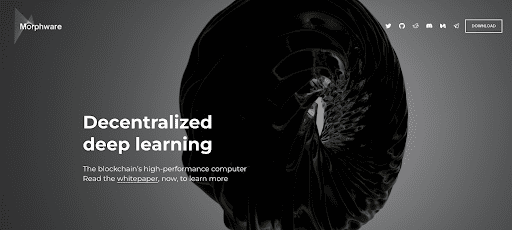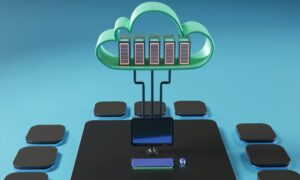As global prices for distributed computing power continue to rise, alternative solutions need to be found. Blockchain technology plays a key role in these proceedings. It helps democratize access to computing resources and enables users with idle processing power to tap into new revenue streams.
Distributed Computing Is Big Business
Machine learning and AI development are now part of the mainstream thanks to various technological advancements. More importantly, it creates a growing demand for computational resources. While that is a good thing – it will lead to more advanced projects and solutions – it also comes at a cost. Prices for computing power through traditional marketplaces remain relatively high, even where Amazon AWS and other platforms are considered.
The big downside to building an AI, machine learning solution, or other neural network is the increasing demand for computing resources. A higher demand inevitably leads to higher costs, creating a never-ending loop of increases. Centralized providers will try to meet that demand, but their customers will pay a steep price for accessing the resources they need. That is unfortunate and unsustainable, yet distributed computing offers a much-needed lifeline.
Distributed computing pools together idle computer resources globally. In most cases, only companies and select partners can contribute to these pools, somewhat limiting the appeal and usability. Blockchain technology changes the game entirely and opens up opportunities to users worldwide. Anyone can share and access distributed computing power and support global research initiatives, whether it is an individual, small business, or mega-corporation.
Moreover, blockchain technology is a powerful tool across all distributed computing verticals. Brown University’s Maurice Herlihy provided a recent talk during the Hydra Conference. Maurica has been active in cloud computing for several decades, giving him plenty of expertise and a solid opinion on how blockchain technology can shake up this industry.
Blockchain x Distributed Computing Examples
One example of merging blockchain technology with cloud computing is GridCoin. The open-source cryptocurrency project rewards voluntary computing performed on the BOINC network. BOINC houses over 30 scientific projects across multiple disciplines and research fields. The project has been around since 2013 and is still active today. Although there is no way to “buy” computing power directly, it enables users to put idle computing power to work and earn a financial reward for doing so.

Another booming vertical in distributed computing is GPU-as-a-service, an industry projected to hit $7 billion by 2025. Graphical applications for video editing, graphic design, and image processing require powerful GPUs to perform their tasks. Using a GPU-as-a-service provider enables users to share their idle GPU resources with the world and those in need to find the resources on demand. Render Network is one example of a project democratizing GPU-as-a-service access through blockchain technology.
Further progress is made across multiple verticals through initiatives like Morphware. The team leverages blockchain technology to establish a two-way marketplace for distributed computing power. Its main focus is accelerating the development of machine learning algorithms, an industry as resource-hungry as any other. Demand for those resources almost doubles every three and a half months, requiring a different approach to acquiring them.

Through the Morphware peer-to-peer network, data scientists, engineers, and computer science students can pay video game players and other users with idle processing capacity to train data models. It is a much-needed resource-on-demand solution for the broader distributed computer industry.
Closing Thoughts
The use of blockchain technology in distributed computing is a catalyst for broader participation. More people can share their idle resources with those who need them for various scientific purposes. Moreover, the overall pool for distributed computing will become much more prominent, allowing for more complex tasks to be completed by users worldwide.
As computing power becomes more accessible, prices will inevitably go down. That creates a very different outlook than current trends, where prices only seem to go up further. Blockchain is a transformative technology and one that can benefit distributed computing like no other.



































